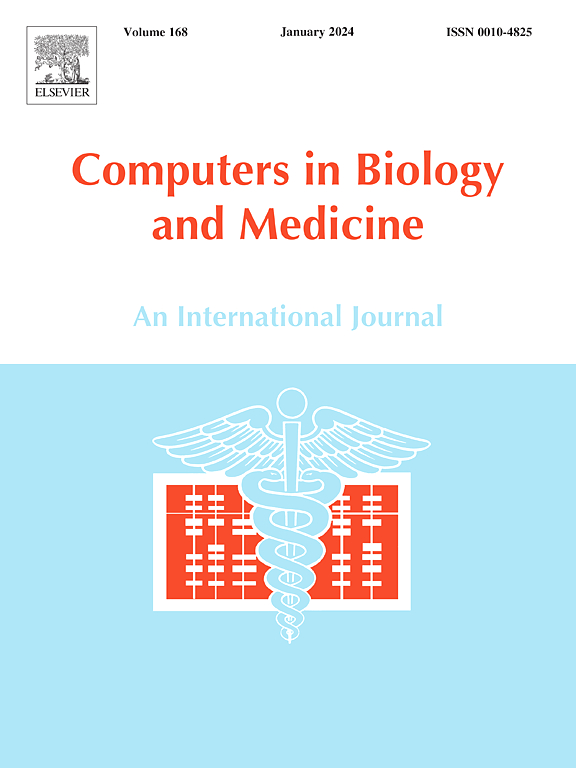比较机器学习分析预测乳腺癌器官趋向性和识别关键基因特征
IF 6.3
2区 医学
Q1 BIOLOGY
引用次数: 0
摘要
背景:乳腺癌转移(BCM)优先转移到某些器官。重要的遗传标记可用于早期发现和治疗。机器学习(ML)可以有效地处理基因表达数据,以增强转移预测。方法采用GSE14020数据库收集65例乳腺癌肝、肺、骨、脑转移患者的基因表达谱,涵盖22,474个基因。特征选择将前25个重要基因减少到9个重要基因。三种机器学习模型——随机森林(RF)、支持向量机(SVM)和人工神经网络(ANN)——被用于从基因表达谱中预测转移部位。通过准确性、精密度、召回率和f1评分来评估模型的性能。Radviz可视化研究了基因与转移的相关性,并验证了鉴定的基因标记的生物学相关性。结果sann的准确率最高(90%),其次是RF和SVM。9个重要基因,即CCL19、FABP7和COL1A2,被确定为潜在的生物标志物。Radviz可视化证实了基因转移的关系,与生物学文献一致。RF对脑和肝转移有效,但对骨和肺分类较差。结论该研究是ML通过增强生物标志物发现和转移预测在精确肿瘤学中的潜力的一个例子。ML模型与生物可视化软件的结合为乳腺癌的靶向治疗方法提供了见解。本文章由计算机程序翻译,如有差异,请以英文原文为准。
Comparative machine learning analysis for predicting organ tropism in breast cancer and identifying key gene signatures
Background
Breast cancer metastasis (BCM) metastasizes preferentially to certain organs. Important genetic markers can be used for early detection and treatment. Machine learning (ML) can efficiently handle gene expression data to enhance metastasis prediction.
Methods
This study employed the GSE14020 dataset of gene expression profiles of 65 breast cancer patients with liver, lung, bone, or brain metastasis, covering 22,474 genes. Feature selection by Gini reduction reduced the top 25 important genes to nine important genes. Three machine learning models—Random Forest (RF), Support Vector Machine (SVM), and Artificial Neural Networks (ANN)—were employed to predict metastatic sites from gene expression profiles. Model performance was assessed by accuracy, precision, recall, and F1-score measures. Radviz visualization investigated gene-metastasis correlations and validated the biological relevance of the identified gene markers.
Results
ANN had the best accuracy (>90 %), followed by RF and SVM. Nine significant genes, i.e., CCL19, FABP7, and COL1A2, were identified as potential biomarkers. Radviz visualization confirmed gene-metastasis relationships, in agreement with biological literature. RF was effective for brain and liver metastasis but was poor for bone and lung classification.
Conclusion
This study is an example of the potential of ML in precision oncology through enhanced biomarker discovery and prediction of metastasis. The incorporation of ML models with biological visualization software gives insights into targeted therapy approaches in breast cancer.
求助全文
通过发布文献求助,成功后即可免费获取论文全文。
去求助
来源期刊

Computers in biology and medicine
工程技术-工程:生物医学
CiteScore
11.70
自引率
10.40%
发文量
1086
审稿时长
74 days
期刊介绍:
Computers in Biology and Medicine is an international forum for sharing groundbreaking advancements in the use of computers in bioscience and medicine. This journal serves as a medium for communicating essential research, instruction, ideas, and information regarding the rapidly evolving field of computer applications in these domains. By encouraging the exchange of knowledge, we aim to facilitate progress and innovation in the utilization of computers in biology and medicine.
 求助内容:
求助内容: 应助结果提醒方式:
应助结果提醒方式:


